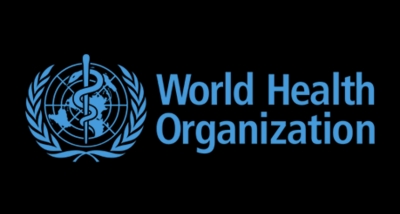In a major stride towards disease elimination and health equity, Burundi has been officially validated by the World Health Organization (WHO) as having eliminated trachoma as a public health problem.
This milestone makes Burundi the eighth country in WHO’s African Region to achieve this status and marks the country’s first victory over a neglected tropical disease (NTD).
“Eliminating a disease like trachoma is a major public health achievement that requires sustained effort and dedication,” stated by the WHO Director-General, Dr Tedros Ghebreyesus. “I congratulate the government and the people of Burundi and commend them for their hard work and commitment.”
Trachoma, caused by the bacterium Chlamydia trachomatis, spreads through direct contact with eye and nose discharges, contaminated surfaces, and flies.
It leads to repeated infections, which may result in eyelid scarring, in-turning of the eyelashes (trachomatous trichiasis), and eventually irreversible blindness.
The disease disproportionately affects populations with limited access to clean water, sanitation, and healthcare—primarily in rural and impoverished communities.
Two Decades of Dedication
Burundi’s journey to elimination began in earnest in 2007, when the country launched a nationwide initiative to combat NTDs, including trachoma. At that time, the prevalence of the disease was popularly unknown.
Between 2009 and 2010, a series of baseline surveys conducted confirmed trachoma’s endemicity in certain regions, prompting the deployment of the WHO-recommended SAFE strategy across 12 health districts, targeting 2.5 million people.
The SAFE strategy—Surgery, Antibiotics, Facial cleanliness, and Environmental improvement—has been central to Burundi’s success. The programme benefited from the combined efforts of the Ministry of Public Health and the Fight Against AIDS, community health workers, and international partners such as CBM Christoffel Blindenmission, the END Fund, Geneva Global, and the International Trachoma Initiative. Pharmaceutical company Pfizer donated the antibiotic azithromycin through the initiative.
“This validation marks a major milestone in our commitment to health equity,” Minister of Public Health and the Fight Against AIDS Dr Lydwine Baradahana said. “It is a collective victory made possible by nearly 20 years of national mobilisation and international solidarity.”
Regional and Global Implication
Over 32 countries are still battling with trachoma, with around 103 million people globally still living in areas requiring intervention. The African Region bears the greatest burden, accounting for 90% of all at-risk individuals—93 million people as of April 2024, a significant drop from 189 million in 2014.
While 20 African nations, including Nigeria, Ethiopia, Kenya, and Tanzania, continue to battle trachoma, Burundi now joins a growing list of countries in the region that have been validated for eliminating the disease, including Benin, Gambia, Ghana, Malawi, Mali, Mauritania, and Togo. A further four—Botswana, Guinea-Bissau, Namibia, and Senegal—have reported reaching elimination thresholds.
Globally, 24 countries have now eliminated trachoma as a public health problem, including India, China, Saudi Arabia, and Nepal. In total, 57 countries have eliminated at least one NTD to date.
Sustaining the Gains
“Under the leadership of the Ministry of Public Health and the Fight Against AIDS, and with the dedication of community health workers, this success was made possible,” said Dr Xavier Crespin, WHO Representative in Burundi. “This win inspires us to press forward with the same determination to eliminate all remaining neglected tropical diseases.”
Read Also: WHO highlights new tools to protect babies from RSV
WHO continues to work closely with Burundi’s health authorities to ensure the sustainability of this achievement and to monitor for any resurgence. A robust surveillance system is in place to identify and manage any new cases of trachomatous trichiasis, as required for WHO validation.
According to WHO standards, elimination of trachoma as a public health problem is confirmed when the prevalence of trachomatous trichiasis “unknown to the health system” falls below 0.2% in adults aged 15 and above;
It also noted that refer to the prevalence of active infection in children aged 1–9 years is under 5%, sustained for two years without mass antibiotic treatment;
Stressing further, WHO said a functional system is established for identifying and managing new cases, backed by sufficient financial resources.



